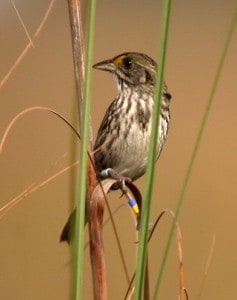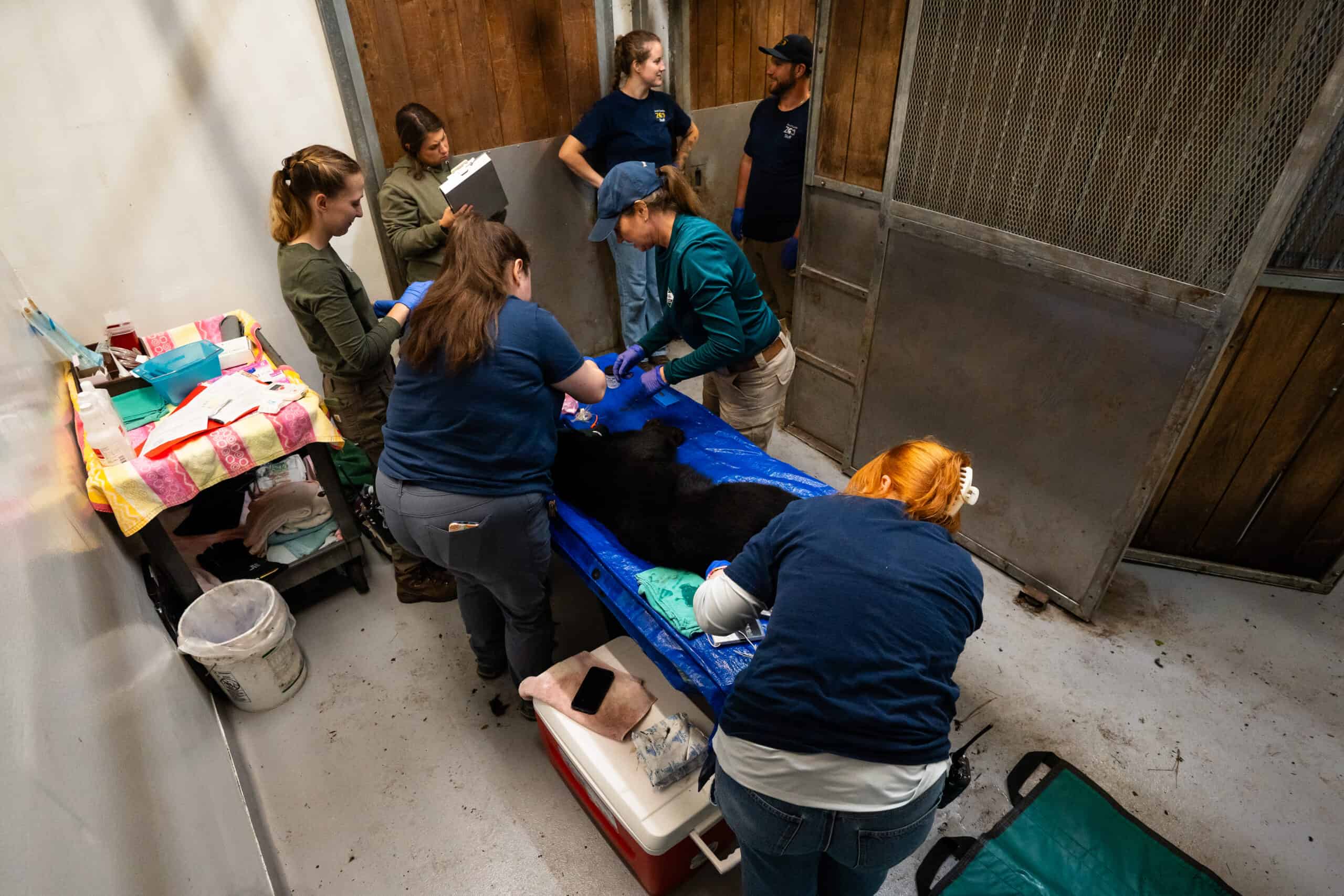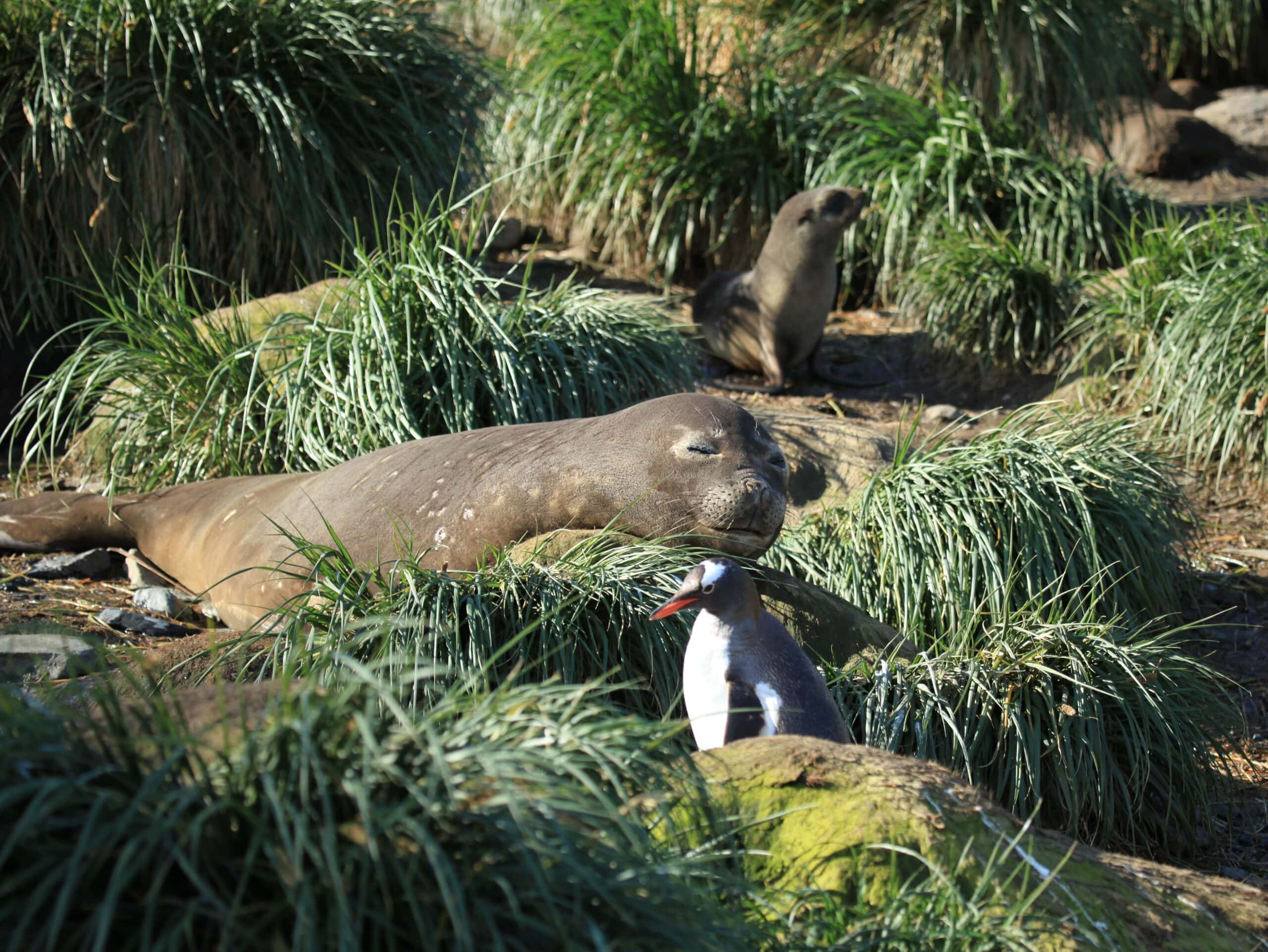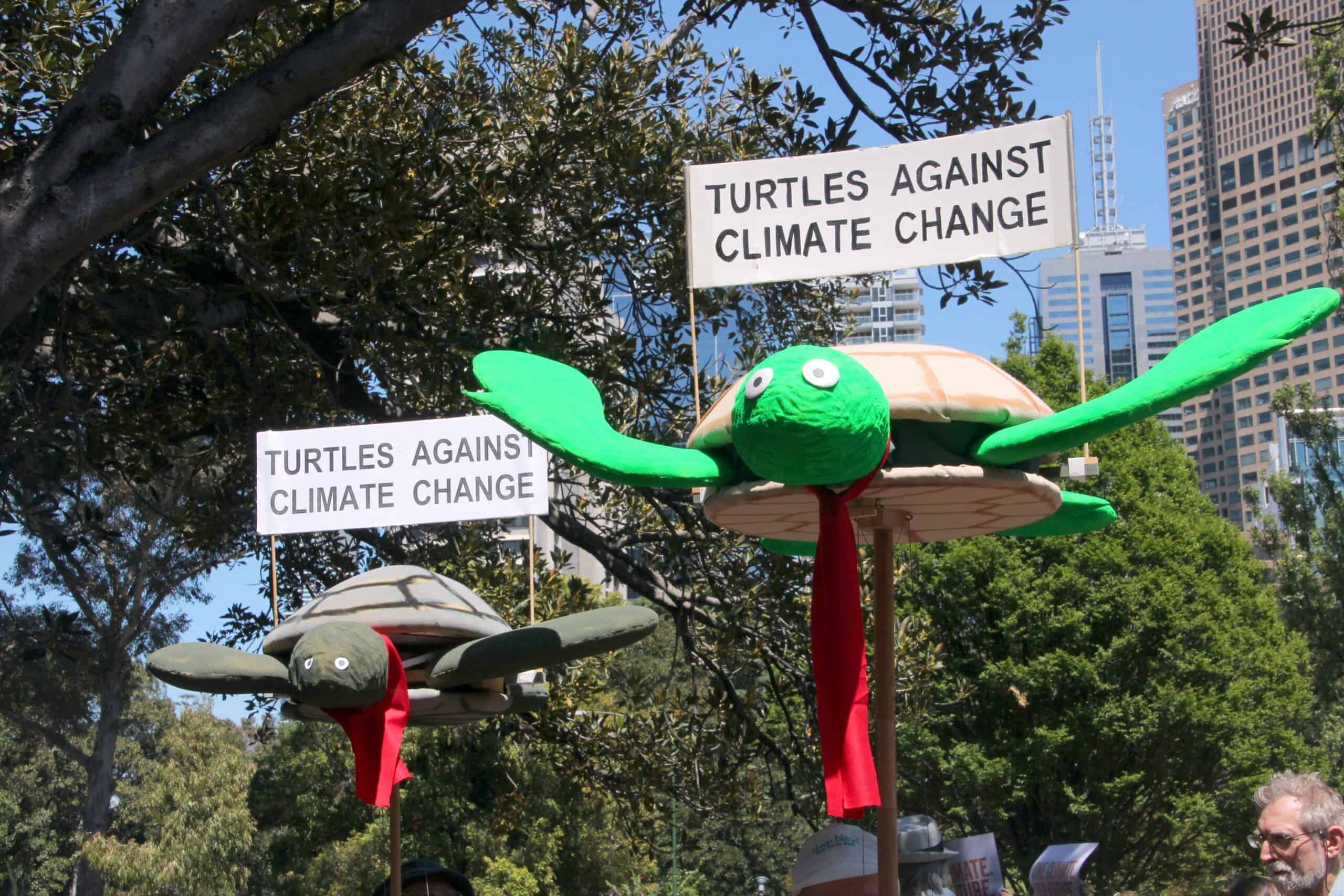Share this article
USFWS releases biological opinion for Everglades conservation
On July 22, the U.S. Fish and Wildlife Service released a biological opinion intended to improve habitat restoration and species conservation in Everglades National Park. In particular, the opinion focuses on improving nesting habitat for the endangered Cape Sable seaside sparrow.
The Cape Sable seaside sparrow (Ammodramus maritimus mirabilis) is one of eight remaining subspecies of seaside sparrows. As a ground nesting species, the Cape Sable seaside sparrow requires long periods of consecutive dry days in which to nest and fledge their young. If conditions are too wet, the nests flood and the young do not survive.

The endangered Cape Sable seaside sparrow is found at Everglades National Park, and is the subject of recent conservation measures. ©David LaPuma
According to the biological opinion, conditions in the Everglades have been too wet in recent years to accommodate successful breeding by the sparrow. Many factors, such as vegetation changes, natural disasters, and human management, have altered seasonal water patterns in areas where the sparrow was previously found in abundance. This change in the Everglades hydroperiod has resulted in decreased reproductive success for this endangered bird.
To make matters worse, an exceptionally wet winter has resulted in nearly 1,000 less sparrow nests this year as compared to 2015. As an endangered species, this level of reproductive hinderance could have significant adverse impacts to the long-term viability of the population.
As a result, the USFWS opinion mandates that the U.S. Army Corps of Engineers alter their implementation of the Everglades Restoration Transition Plan (ERTP). The opinion recommends controlling the direction and level of water flows in areas where the sparrow nests. Altering the direction of water flow and sequestering excess water in separate areas of the park will hopefully prevent water from flooding nests. USFWS hopes this will increase reproductive success and restore the Cape Sable seaside sparrow population.
Changes to ERTP may also positively impact other listed species, including the endangered Everglades snail kite and threatened wood stork. These changes will also promote the park-wide restoration goal of improving directional water flow within the Everglades.
Moreover, many environmentalists praise the opinion’s potential to help combat the harmful algae blooms currently affecting coastal habitats in Florida. By allowing water to follow its natural course through the Everglades, the opinion – and its changes to ERTP – will have the potential to improve water quality at the park and elsewhere in south Florida.
However, there are some concerns about alterations to ERTP. Many of the areas where the opinion aims to redirect water flow are popular hunting grounds. Flooding these areas for an increased period of time may negatively impact the experience that recreational hunters have at Everglades National Park.
USFWS and the Army Corps of Engineers plan to work together to improve water quality and conserve wildlife by implementing changes that speed up restoration efforts at Everglades National Park.
Header Image: ©Matthew Paulson








